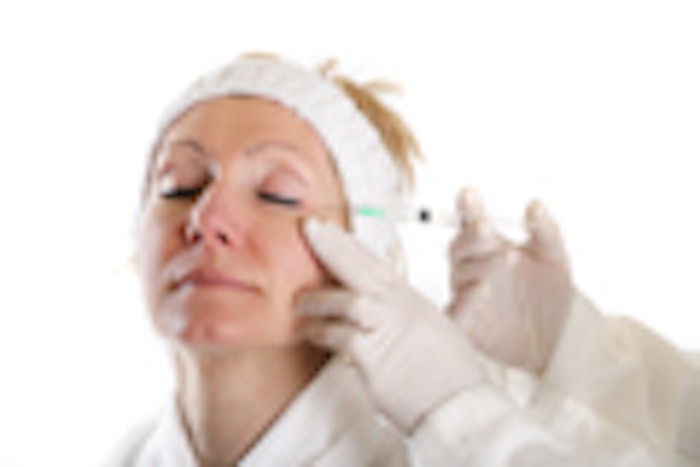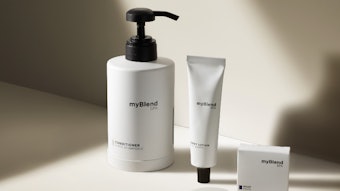
Dermatologic and cosmetic surgery trends show an increase in this area of interest as baby boomers age.
Researchers from Boston University School of Medicine (BUSM) and the Laser and Skin Cancer Center of Indiana in Carmel, Indiana found that there has been a dramatic increase in the number of procedures performed and patient demand for dermatologic health care since 2000. The findings, which were recently reported in Dermatologic Surgery, parallels the growth in the age of individuals between the ages of 40–55 who make up the baby boomer generation.
The number of cosmetic and noncosmetic surgical procedures performed by dermatologic surgeons has been rising rapidly, but there are few consistent data sources that track procedure volumes across time. Accurate reporting is critical to assess adequacy of current training for residents and fellows to meet patient demand. In addition, reporting is critical for making future workforce projection models of the need for additional dermatologic surgeons and to anticipate the proportion of demand in cosmetic and noncosmetic dermatologic surgery.
Using data from the 2001–2007 American Society for Dermatologic Surgery (ASDS) member survey, the researchers found that dermatologic surgeons performed an estimated 3.4 million cosmetic and noncosmetic surgical procedures. In 2007, it was estimated that a total of 7.6 million procedures were performed (120% rate of growth between 2001 and 2007). The procedures with the greatest increase during this time period were soft tissue augmentation (405% increase), botulinum toxin injections (324% increase), and nonablative skin rejuvenation (laser, light, and radiofrequency sources) (330% increase). More modest increases were noted in skin cancer procedures (85% increase) and ablative resurfacing procedures (66% increase).
According to the researchers, there are two important trends fueling the growth in the number of surgical procedures performed by dermatologic surgeons. "They include the overall advancements in procedural facets of dermatology as a specialty during the last decade combined with the increased societal emphasis on skin cancer prevention and early diagnosis, as well as a desire to prevent and reverse the skin signs of aging," said lead author Emily Tierney, MD, an assistant professor of dermatology at BUSM.
Tierney further explains, "Dermatologists have been integral to the rapid evolution of photomedicine, with the advances in laser and light devices to treat a diversity of skin conditions. These include actinic keratoses to nonmelanoma skin cancer, pigmentary and vascular disorders, hair and tattoo removal, wrinkles and other signs of photoaging. In addition, the popularity and growth in minimally invasive cosmetic procedures, including botulinum toxin injections, dermal fillers, and nonablative skin rejuvenation techniques (chemical peels and laser, light, and radiofrequency devices) have increased exponentially."
The researchers anticipate that the role for the dermatologist in a diversity of surgical pursuits, ranging from skin cancer treatment, minimally invasive cosmetic, and laser procedures to complex cosmetic and reconstructive procedures, will continue to grow and expand and contribute to the quality and diversity of procedures performed.
Tierney was recently awarded a grant from the American Society for Dermatologic Surgeons to continue her research entitled "Comparative Analysis of Trends in Procedure Volumes in Dermatologic Surgery."
Adapted from materials provided by Boston University Medical Center, via EurekAlert!, a service of AAAS.
ScienceDaily.com, Oct. 5, 2009










